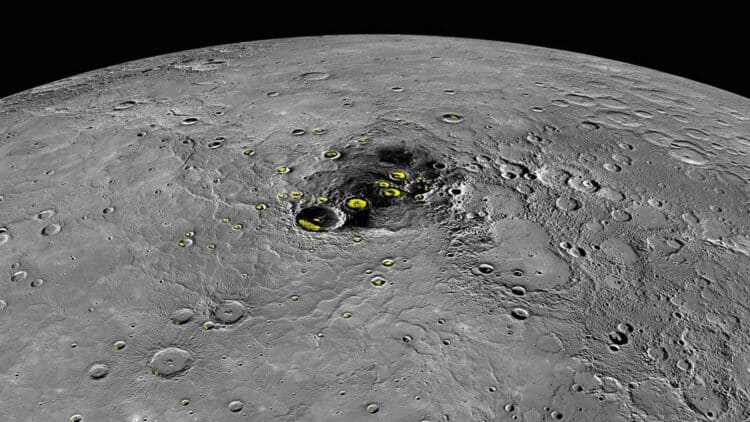For many years, or rather decades, scientists have been searching for places outside of Earth that contain water, as this is the first step towards life outside of the planet we currently know. Almost 10 years ago, we discovered the existence of water on Mars, but there is another planet, very close to Earth, that also has evidence of water in some regions.
The most unlikely place to find water outside the Earth
When we think about finding water outside of Earth, the most obvious thing is to look for places that are suitable for this, which are places that have suitable temperatures and sources of water, such as comets or underground water, as well as an atmosphere that can retain and protect this water (which is what we think we’ll find on Mars).
However, this location presents everything the opposite. Its temperatures can reach over 700°C, its atmosphere is not even considered significant. A day there lasts almost six months in Earth time, and, to make matters worse, it is the closest planet to the Sun.
Yes, we are talking about Mercury. In 2012, during NASA’s MESSENGER mission, areas so isolated from sunlight (and cold, of course) were observed that scientists reported a strong indication of the presence of ice in these regions, which consequently leads us to the presence of water.
How can we discover water on Mercury if we haven’t even set foot on that planet?
The discovery of water on Mercury was made remotely. Even before the MESSENGER mission was launched with its space probe, experts were already observing unusual signals.
That’s when they used radio waves to investigate. Using the Arecibo radio telescope, the Goldstone antenna, and the Very Large Array (VLA), they detected regions with high reflectivity (when a surface reflects a lot of sunlight, absorbing little heat) and strong depolarization, especially at the poles, indicating a high probability of the existence of ice.
But why can this already be considered ice if they are just signs?
Ice reflects strong radar waves, which is what was picked up. The signals also showed depolarization, a change in the direction of the reflected wave, representing further evidence of the existence of water ice.
Another thing that caught scientists’ attention was that most of the areas where the presence of ice was reported were in craters near the poles. These regions indicate almost no exposure to the sun, so the environment would be cold enough to contain ice.
How did the ice get to Mercury?
The NASA study indicates that the ice has two possible origins:
- Meteorite bombardment: In the first billion years of the Solar System, comets and meteorites frequently collided with the planets. These bodies contain a large amount of frozen water in their composition, so when they collided in regions near the poles, the water released probably froze and remained.
- Release of planetary gases: NASA itself says that this hypothesis is the most speculative, but suggests that Mercury may have released water vapor directly from its interior at some point in its geological history. And, if this vapor reached the polar regions, it could condense and freeze quickly in the craters.
The discovery of water on Mercury changed the course of our research on water outside of Earth. It proved that for water to exist on a planet, we do not only depend on its distance from the Sun or protective atmospheres, but also on specific geological and orbital conditions.
This type of surprise is becoming common for today’s scientists, it’s no wonder that they recently wondered if Uranus was still there, in our Solar System, and what they discovered after some research was surprising.


